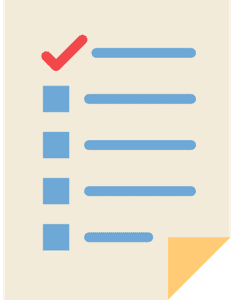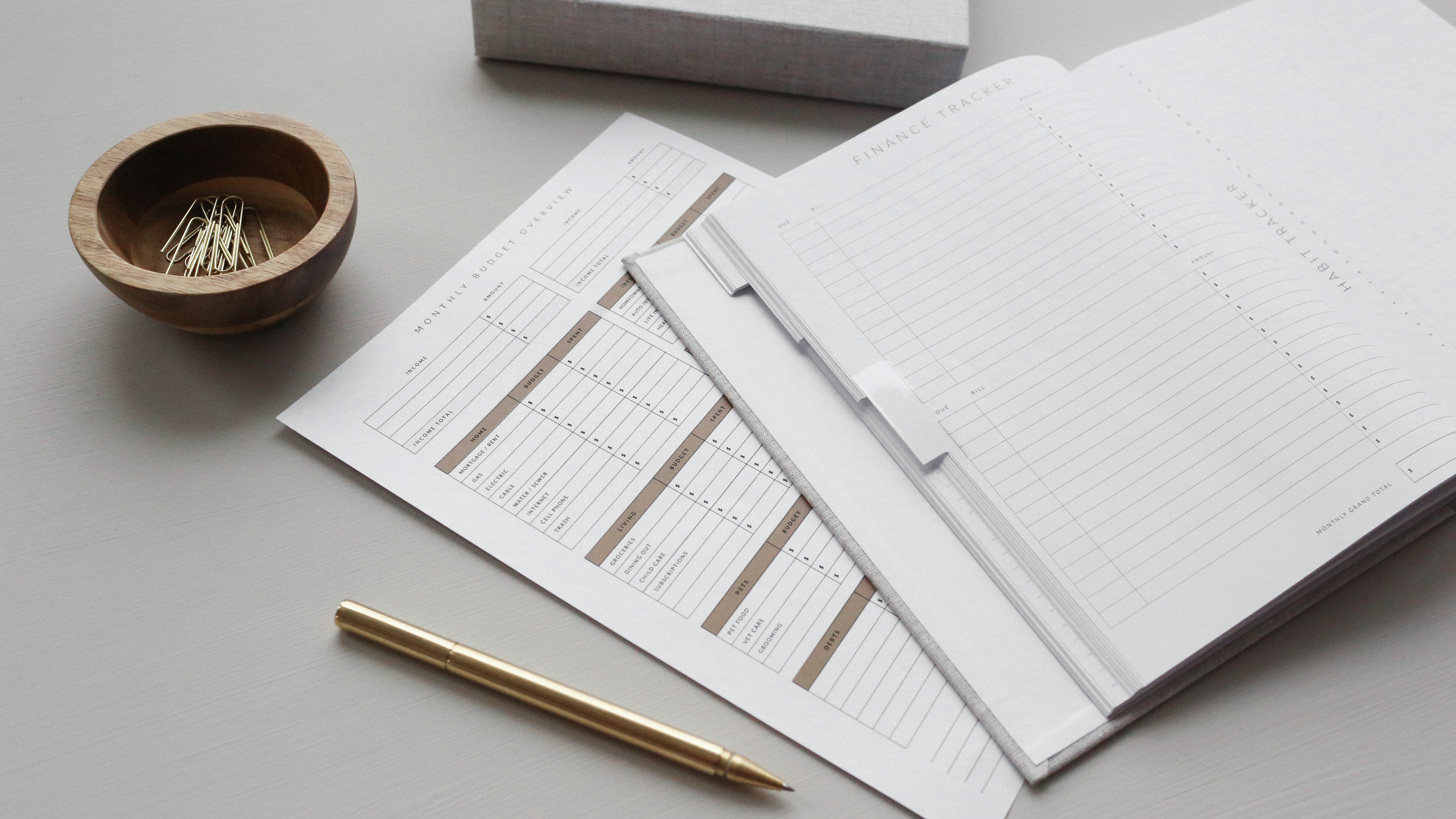How to Create a School Budget in Four Steps

There’s nothing like a plan to give you peace of mind, particularly in stressful situations. Knowing what you have to do, when you have to do it, who will do it, and how much it will cost takes the pressure off because you know it’s all just a matter of completing the process.
Breaking down even the most epic task into bite-sized pieces removes the feeling of hopelessness or stress and gives you confidence that you can accomplish your goals.
As a school operator, the first step to planning is a budget. A budget is a simple document that allows you to look into the future with confidence, knowing you are prepared. It provides structure to your spending, limiting risk and potential threats to your school.
By reviewing your budget regularly, you can find areas for cost-cutting, which can save you money and increase your business’s profitability. That same regular review will also highlight potential growth opportunities and areas of investment. Best of all, a budget is a living document that you can revise, remap, and edit as needed each month. Targeted spending is wise spending, offering the best return on your investment.
On the other hand, operating without a budget is a recipe for disaster, which often results in financial loss and potential ruin for owners. Money is spent without tracking, bills begin to add up, and businesses lack the capital to grow and develop. Frivolous spending, even if well-intentioned, can get out of control, eating up profits.
The risk of operating without a budget isn’t worth it and once you begin creating a budget you’ll see it’s not that difficult to build a plan for your money.
Step 1: Identify Your Starting Point
As you begin the process of building a budget for your school, the first step is identifying your starting point. If you are an existing school, your budget will have a different starting point than if you are just beginning to set up operations.
Both processes will lead to the same result – a balanced plan, centered on profitability and reduced spending, that is focused on the health of the school.
Step 2: Determine Your Costs
If you are starting from scratch, the next step of a school budget is figuring out your costs. Costs are ANYTHING your company will be spending money on.
Costs include the pens at the registration desk, the water out of the tap, the cleaning chemicals in your closet, and the employees that will run your business.
Every item you buy, person you employ, and utility you pay is cost. And knowing what your costs are sets you up for success, both in expectations and in goal-setting.
Fixed and Variable Costs
Costs are generally divided into two types. Let’s look at both:
Fixed Costs: Fixed costs are rigid and won’t change, regardless of volume or sales. They are the same every month and make up the cornerstone of your budget. Knowing your fixed costs allows you to lay the groundwork for the rest of the budget.
Examples of fixed costs: rent, insurance, licensing, and property taxes.
Variable Costs - Variable costs are flexible and can change for a variety of reasons that are both under and beyond your influence. Variable costs can even fluctuate in different parts of the year.
Because you influence some of these costs, this part of your budget is much more within your control. Need to save money? Variable cost-cutting is the most common approach.
Examples of variable costs: labor, cost of goods, and utilities.
Documenting Your Fixed Costs
Let’s start with finding your fixed costs. For example, you’ll know your rent bill before you move in. Build the list of fixed costs into your budget and think of it as your budget’s foundation. No matter what, those bills are coming every month. Once you’ve got that list together, it’s time to do a little trickier task: variable costs.
Documenting Your Variable Costs
If you are a new school, you’ve got to consider that there will be some unknown variables in the first couple of months. For example, without having been open, you may struggle to estimate your water bill when completing your budget.
One great way to mitigate those questions is to do market research. Find similar schools in your area and reach out with honest questions. Most operators are willing to discuss their businesses with interested entrepreneurs, though talking to a direct competitor might be difficult.
Another quick avenue is contacting the Better Business Bureau (BBB), Chamber of Commerce (CC), or Small Business Association (SBA). Asking these experts is a great starting point in building your budget and business. They’ve worked with millions of companies over the years and are a wealth of easily-accessible information.
A simple email or phone call can save you a ton of frustration or worry heading into those critical first months. That same contact can be a valuable source of information you return to over and over again as you grow.
If you are an established school, who has already gone through the insecurities and questions of starting up, you’re a step ahead. You’ll still start your budget in the same place and build that list of fixed costs. Those have to be reckoned with first and, as an established business, you’re already well aware of what to expect on that front.
Once you’ve moved to your variable costs, you’ll need to break out the bills and a bank statement to figure out what to expect each month. Most banks offer online banking, which makes searching for items easy and efficient.
Pro Tip: As you consider each past month’s spending, look for events and issues that may have caused a monthly bill to fluctuate well outside the norm. Averaging two or three months to get a better understanding of what to expect is a practice all good budgets should include.
Never forget, variable costs are just that, costs that vary. Just because one month was surprisingly low may not be an indicator that next month’s bill will remain low. Instead, look for trends and averages. A budget will give you insight as you track your spending.
No matter which point you are beginning your budget, you don’t need to spend a fortune on special budgeting software. A simple spreadsheet program will give you the starting point without a large investment. If your computer didn’t come equipped with such software, Google Sheets has all the capabilities of most paid software and is entirely free. Inputting your costs into a spreadsheet will give you the visibility to understand your position and budget accordingly.
Step 3: Track Your Income
Once you’ve got the fixed and variable costs lined out and compiled, it’s time to consider how those bills will be paid: income. Income is any money received for your services. It’s why schools exist – to provide a service – and the only thing that will keep the lights on.
And knowing your costs will allow you to take the first step of breaking even. Breaking even is when your business brings in enough income to cover all the costs. Once you’ve figured out all the costs you’ll have (both fixed and variable), you can figure out what you have to make, every month, to cover those costs.
Without knowing those costs, you’d have no way of knowing what money you have to make each month, which is a recipe for disaster.
Finding your break-even point allows you to begin thinking about income beyond your costs, commonly referred to as profit. Profit is the extra money that a school owner brings in after paying each month’s bills.
Being profitable will open doors to a host of further decisions, most of which are exciting and fuel the imagination of any school owner. Profit can also go into your bank account, of course, as you reap the benefits of running a successful school. Profit also supports a school savings account, an emergency fund for unseen future events, expansion, and charitable donations. When this year’s pandemic struck, schools that were prepared by setting aside profits for potential catastrophes were much more capable of weathering the challenges of this disruption.
Step 4: Review, Adjust, and Grow
Once your budget is built, you have a tool that can guide your school moving forward. A budget is a great tracking tool, allowing you to know where you are at all times while being confident of the path ahead.
You should review and update your budget regularly, at least once a week, because the better your budget is updated, the more effective it is. It’s a living document and needs to be fed information.
When times are tight, a budget is a great place to look for savings. Those variable costs can be manipulated in tiny ways to yield great savings. Without a budget, tracking variable spending is more difficult and you may be leaking cash without even knowing it. Maybe it’s time to change a vendor or cut back on staff parties. A budget will lead you in the right direction, especially if you keep it up to date.
When you’re doing well, a budget is a guide to find points of investment. Finding avenues where your school is seeing success can reveal places to invest for growth. Putting your money to good use through targeted investment is a great way to continue down the path to profitability. And a budget is an effective tool to guide that investment.
Final Thoughts
Building a school budget can be intimidating. Following this simple guide will set you up for success. By assembling the information step-by-step, the budget will take shape before your eyes. And once it’s together, you’ve got a tool you can use for years. It’s simply too important to not budget. The life of your school depends on it.
Other Helpful Resources:











